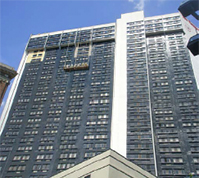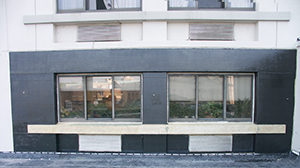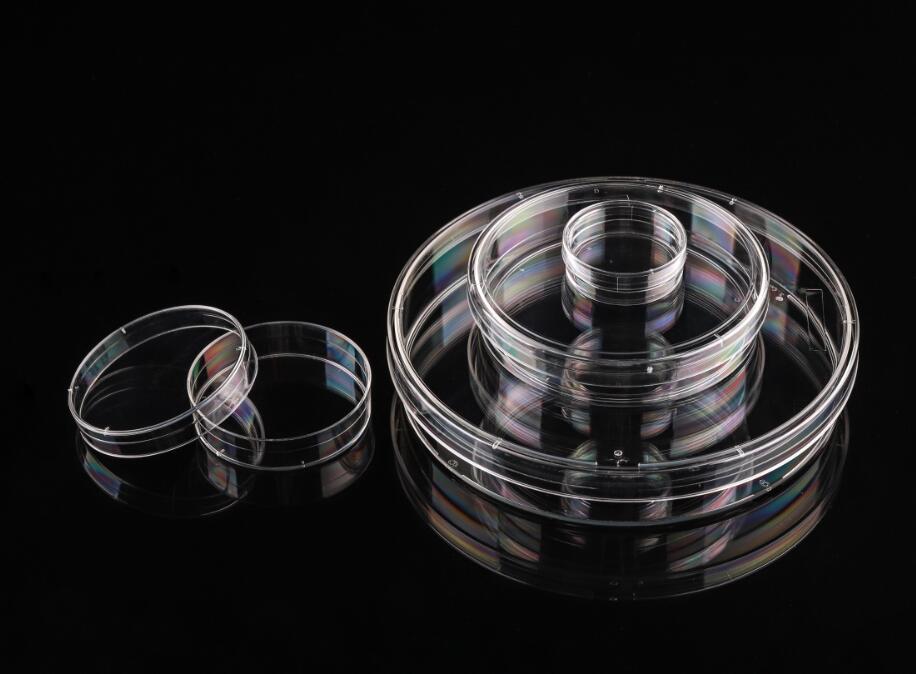Strengthening High-Rise Structures with GFRC and HJ3’s Carbon Fiber Innovations
Back in the 1970s, commercial skyscrapers embraced modernity by integrating Glass Fiber Reinforced Concrete (GFRC) panels into their exteriors. Unlike traditional precast concrete panels, GFRC panels stood out due to their lightweight and slim design, significantly reducing the load on the building's framework. However, these early GFRC facades had a major flaw: their long spans made them susceptible to flexing under wind pressure, causing extensive cracking and water seepage over time.
HJ3 stepped in with a groundbreaking carbon strengthening solution to address these issues. As the original GFRC panels deteriorated under constant wind stress, HJ3’s advanced approach proved invaluable in containing cracks and safeguarding the panels against further water damage.
The problem stemmed from the long-span configuration of the panels, which lacked flexibility. Moreover, the rigid anchoring system prevented any movement, compounding the stress on the panels. This rigidity, combined with the environmental factors, led to widespread cracking and water infiltration, creating an environment conducive to mold growth.
The restoration project was approached with great care. Initially, the GFRC panels underwent a thorough cleaning using high-pressure water jets. Every crack was carefully filled with a robust epoxy resin to reinforce the structural integrity. HJ3’s carbon fabric and resins were pre-cut and prepared in advance, making the application process more efficient while ensuring precise coverage around corners and expansion joints.
Once the carbon repair system was installed, a UV-resistant gray topcoat was applied to meet the client’s aesthetic demands, preserving the building’s visual appeal. The HJ3 carbon fiber system successfully reinforced the existing GFRC panels, enhancing their ability to withstand wind loads, prevent cracking, and resist fatigue. Additionally, the carbon fiber acted as an effective waterproof barrier, eliminating future moisture concerns. By opting for this repair method instead of replacing the entire facade, the client saved approximately $3 million. More impressively, the residents continued to live comfortably in the building throughout the restoration, minimizing disruptions and inconveniences.
â€

â€

â€
This project not only restored the building’s exterior but also showcased how innovative solutions like HJ3’s carbon fiber technology can breathe new life into aging infrastructure. It serves as a testament to the power of engineering ingenuity and adaptive problem-solving in the world of construction. With such advancements, the durability and longevity of high-rise buildings can be significantly improved, offering both economic and environmental benefits.
Features:

Cell Culture Dishes,Lab Supplies Cell Culture Dish,Glass Bottom Cell Culture Dish,Cell Culture Dish
Wuxi NEST Biotechnology Co.,Ltd , https://www.nest-biotech.com